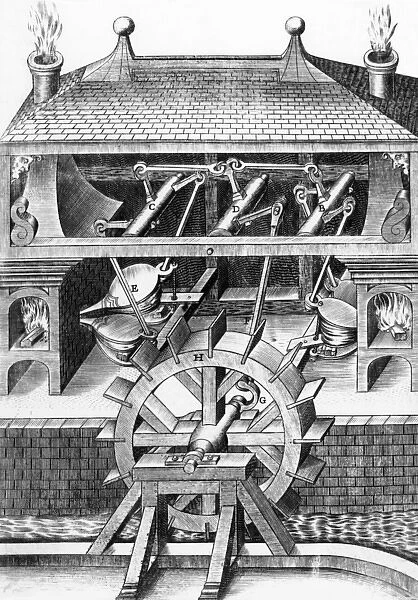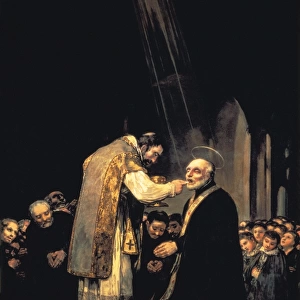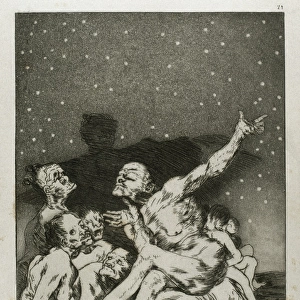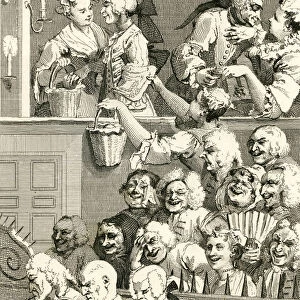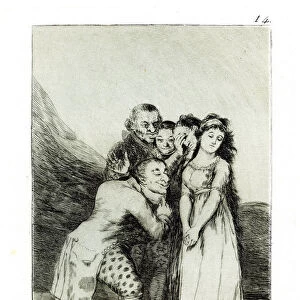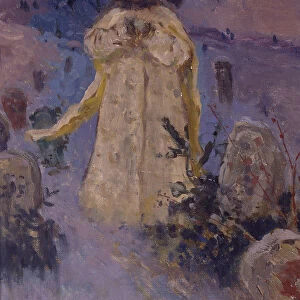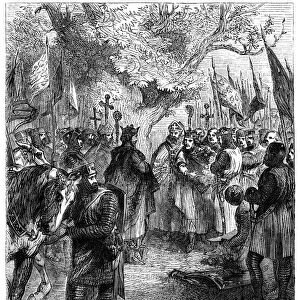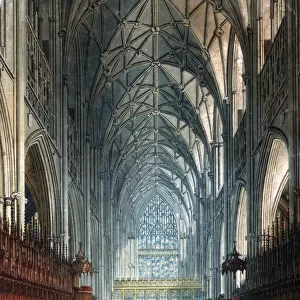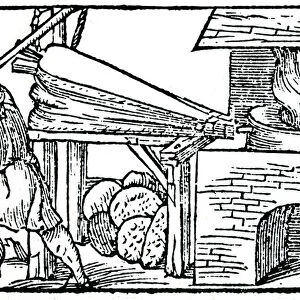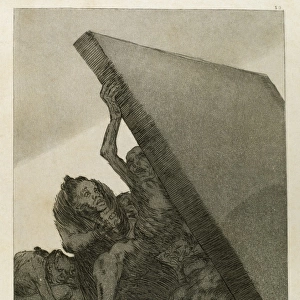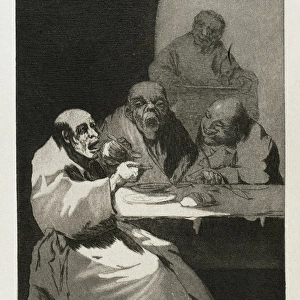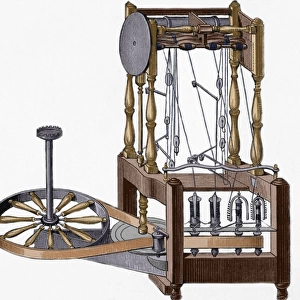Home > Architecture > Industrial
Water-powered furnace bellows
![]()

Wall Art and Photo Gifts from Mary Evans Picture Library
Water-powered furnace bellows
A water wheel operates two sets of bellows to keep two furnaces burning hotly. Date: 1588
Mary Evans Picture Library makes available wonderful images created for people to enjoy over the centuries
Media ID 14115140
© Institute of Civil Engineers/Mary Evans
1588 Bellows Burning Contraption Diverse Engineering Furnace Furnaces Invention Inventions Machines Mechanical Operates Power Powered Sets Waterwheel Wheel Ramelli
EDITORS COMMENTS
1. Title: A Feat of 16th-Century Engineering: Water-Powered Furnace Bellows in Action (1588) This image transports us back to the 16th century, showcasing an intricate water-powered furnace system that operated two sets of bellows to keep two furnaces burning hotly. The bellows, a crucial component in the smelting process, were essential for maintaining a consistent temperature and ensuring the efficient production of iron. The water wheel, a marvel of the time, played a pivotal role in powering this ingenious contraption. Its large, wooden spokes turned with the force of the flowing water, transferring energy to the bellows via a series of rods and levers. The waterwheel's power was harnessed to create a continuous, rhythmic motion, enabling the bellows to expand and contract, delivering fresh oxygen to the fires within the furnaces. This mechanical engineering marvel, a testament to the ingenuity of the era, was the brainchild of the Italian polymath, Agostino Ramelli. Known for his diverse artifices, Ramelli documented this invention, along with numerous others, in his seminal work, "Le diverses et artificiose machine de l'ingegno," published in 1588. The water-powered furnace bellows represented a significant leap forward in the realm of industry and manufacturing during the late Renaissance. It epitomized the spirit of innovation, providing a more efficient and consistent means of producing iron, which in turn fueled the growth of various industries and facilitated advancements in architecture, engineering, and transportation. This image offers a fascinating glimpse into the past, reminding us of the ingenuity and resourcefulness of our ancestors as they harnessed the power of water to revolutionize their world.
MADE IN THE USA
Safe Shipping with 30 Day Money Back Guarantee
FREE PERSONALISATION*
We are proud to offer a range of customisation features including Personalised Captions, Color Filters and Picture Zoom Tools
FREE COLORIZATION SERVICE
You can choose advanced AI Colorization for this picture at no extra charge!
SECURE PAYMENTS
We happily accept a wide range of payment options so you can pay for the things you need in the way that is most convenient for you
* Options may vary by product and licensing agreement. Zoomed Pictures can be adjusted in the Cart.

